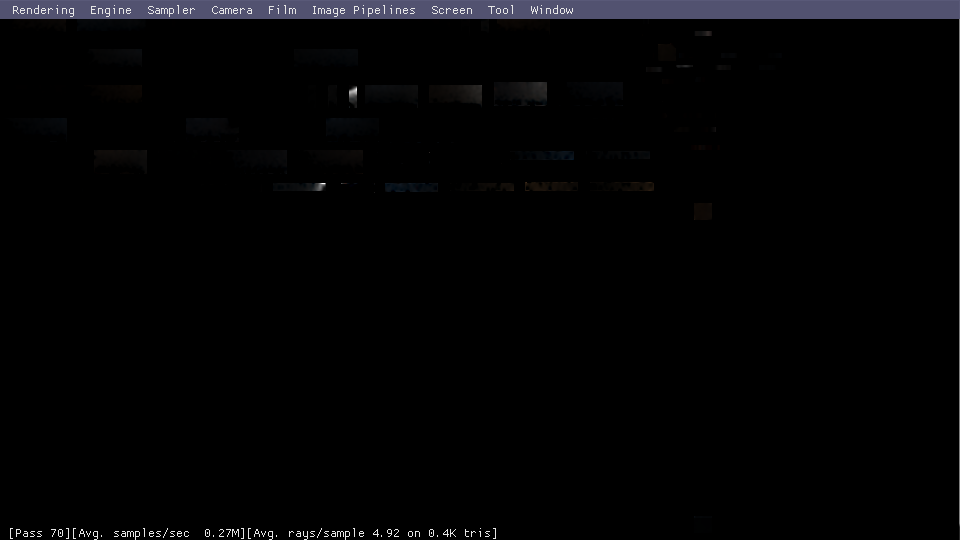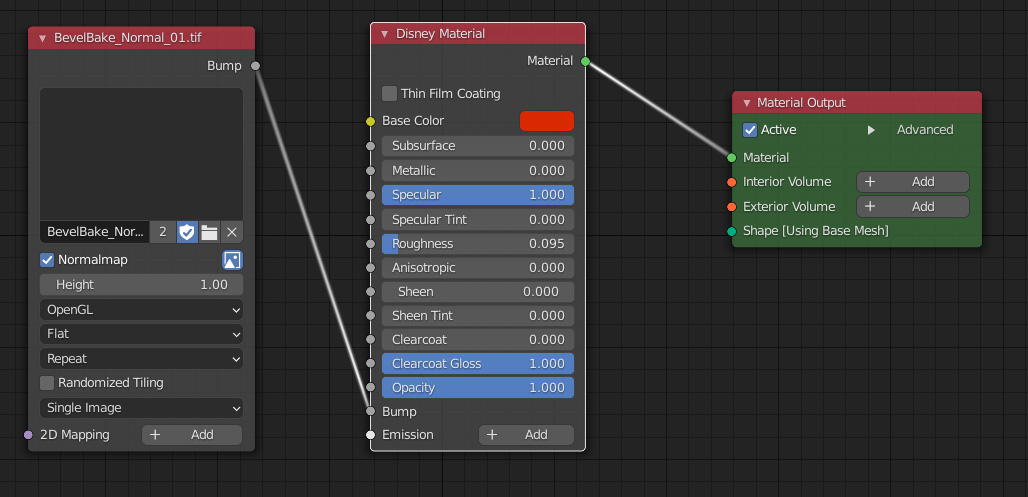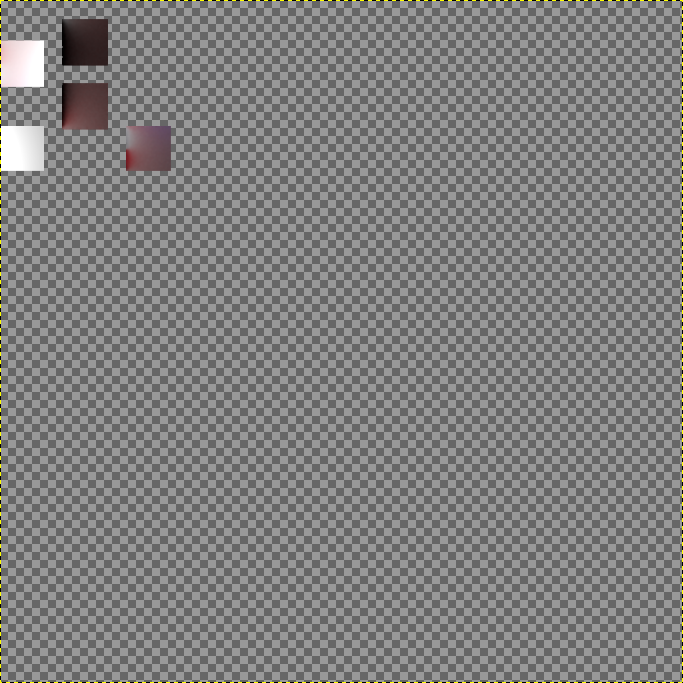

Setting too large of steps may result in a blocky or noisy appearance of the volume. Smaller steps will show greater volume detail, but are slower to render. Step size defines the spacing between the ray-marching sub paths, in meters. In order to handle changing details, heterogeneous subdivides the volume transit path into several sub-paths (a process known as ray-marching) and evaluates the properties again at each sub-point. However, if the volume is not continuous (such as a cloud), this causes blurred details and the edges of the volume container to become visible. For volumes that are continuous, this is a helpful optimization. They assume these properties hold constant all the way to other side of the volume. The clear and homogeneous volumes evaluate volume properties only once as it enters the volume.

The heterogeneous volume can be used as the exterior volume as well, although this comes at a substantial performance cost (even when not using multiscatter) and is not recommended in most cases.

It has the same properties as the homogeneous volume, with one extra setting, step size. This means it can deal with volumes with varying internal properties, such as clouds, smoke, and ground-hugging fog. It has the same functionality as the homogeneous volume, but it also includes ray-marching support. The heterogeneous volume is the most powerful (and also the slowest) of the three volume types. The default value 0 scatters light evenly in all directions. Clear particles have a more forward scattering and opaque particles a more backwards scattering. A positive value is primarily forward scattering (light is scattered in the same direction as the ray was traveling) and a negative value is backwards (back towards where the ray came from). The asymmetry value determines the scattering direction. To help deal with this wide range of values, your exporter will present you with a set of RGB values and a "scale factor" that the RGB values will be multiplied by. In fact, for heavy interior volumes you will often need to use values in the 30-1000 range. You can specify values higher than 1 (pure white).

While the scattering color has red, green, and blue values, it is not limited to this range. This control can also affect the color of your volume, but that will be determined primarily by the absorption color. The scattering color determines the color and density of the particles. In addition to those, it has two extra parameters, scattering color and scattering asymmetry. Homogeneous uses the same index of refraction and absorption parameters as the clear volume. Multiscattering should be used with heavy scattering volumes, such as milk or orange juice. This will greatly reduce the noise in the scene. To simulate it efficiently, you should keep multiscattering disabled in your exporter.
#Luxcorerender baking full
Set Scattering Color to full white and try setting Scattering Scale to 0.001. Please note that atmospheric scattering is very light. It can also be used for atmospheric scattering such as a dusty room with visible sun rays. It can be used for subsurface scattering (SSS) such as milk or orange juice. The homogeneous volume represents a volume with an even distribution of microscopic particles. The other transmissive materials( null, matte translucent and glossy translucent) do not support refraction. It's important to note that the only material that will use this IOR setting is glass. Your exporter will have some preset ready for the most common volumes. The refractive properties are defined by the IOR value. Your exporter will have a Color at Depth setting which will make the volume match the absorption color at the depth you specify. It determines how light is lost(absorbed) as it passes through the volume, making the color darker and more saturated the farther it travels through the volume. It has two properties, an index of refraction(IOR) and an absorption color. It can also be used to add some extra realism to translucent materials with little performance cost. It is primarily meant to be used with clear materials, such as colored glass. Clear is a simple volume that features refraction and absorption.


 0 kommentar(er)
0 kommentar(er)
